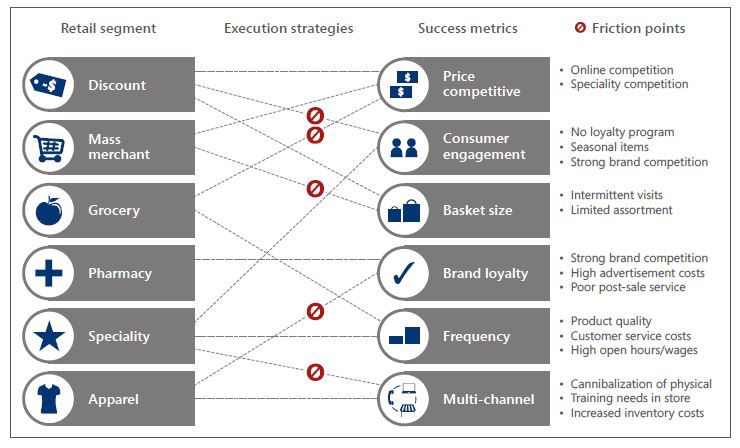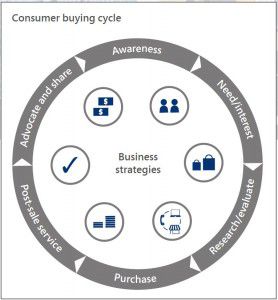Innovating the friction out of retail
TheRecord Issue 1: Summer 2016
Across the retail and hospitality industries there’s a significant amount of focus being placed on creating the best possible customer experiences – not just at the point of sale, but even before a customer steps into a store, and long after they’ve made a purchase. – Tracy Issel, GM WW Retail CG Hospitality, Microsoft
“Innovating at the point of friction can maximize impact and minimize cost”
After spending the past two years in retail systems delivery, Microsoft’s Vic Miles, global account manager at Microsoft has gathered a fresh perspective on the challenges that enterprise retailers face in their mission to increase their share of today’s empowered consumer’s wallet. Here he shares his thoughts.

“Innovating at the point of friction can maximize impact and minimize cost”
Many people believe that the challenges in retail vary by segment. While there is merit to this, there is further differentiation that must be considered to achieve specific retail goals. Generally, I find that there is consensus in the industry about which success criteria are most appropriate to a retail segment. The diagram below depicts a subset of the typical view of applicable metrics of success aligned to segment.
Retailers also need to understand what obstacles there are in achieving these success metrics. This is where the differentiation sets in. In the quest to maintain trusted advisor status, solution providers have aligned their solutions to the most prevalent need in a retail segment. While this is a sound business practice, it has resulted in a wide range of solutions, from which retailers need to choose wisely. Microsoft’s focus on being technology inclusive has become a liberating aspect of selecting the right solution fit for a given business problem. Departing from the solution strategy, and drilling into solution delivery, I see a common thread for ensuring success.
Reducing the friction that consumers encounter when navigating a particular retail offering is the single biggest determining factor of success. Over the next 12 months I will be exploring approaches to help with this, beginning in this issue with the post-sale experience.

Collaborating with industry thought leaders will be essential to this exploration. One such thought leader is Josef Mueller, client principal for retail and consumer goods in the enterprise services division at Hewlett Packard Enterprise. I am intrigued by Josef ’s passion for eliminating the post-sell customer service friction that can often impact the next buying decision.
“For today’s demanding customers, one bad retail experience can undo all of the positive experiences they’ve ever had with a brand,” Mueller says. “And unfortunately today there are many areas of the shopping process that can easily lead to bad experiences, particularly post-sale. Let’s take returns, for example. All too often we see retailers using the same customer service desk for both returns and pick up. During peak times, when queues can be phenomenal, this is frustrating for everyone involved.”

Mueller also highlights a couple of online retailers that stand apart from the crowd when it comes to post-sale service. “US-based Zappos shoes is a great example,” he says. “With a 365 day return period, the company has gone all out to deliver amazing post-sale customer experiences. Amazon is another good example. It has its return merchandise authorization process down to a science, and has turned the returns process into something really positive.”
Another area of the aftersales process that Mueller believes can help transform a brand is troubleshooting. “For example, if a customer has a fault or issue with an electrical product that can be easily resolved then they shouldn’t have to go into store. New holographic technologies like HoloLens are enabling retailers to guide the customer through a range of options online, but in a more collaborative way.”
What’s clear is that retailers that go above and beyond expectations when it comes to post-sale satisfaction are the ones that will succeed. “Many retailers see the aftersales process as a burden,” Mueller concludes. “But those that recognize the opportunity will undoubtedly reap the rewards.”
For traditional stores, sometimes the best place to start is with an enabled associate. HPE helps retailers enable associates through HP Enterprise Solutions On Demand (ESO), which is focused on accelerating business outcomes through modern delivery of context-aware solutions.
Although there are no quick fixes for enterprise retailers, innovating at the point of friction can maximize impact and minimize cost.





